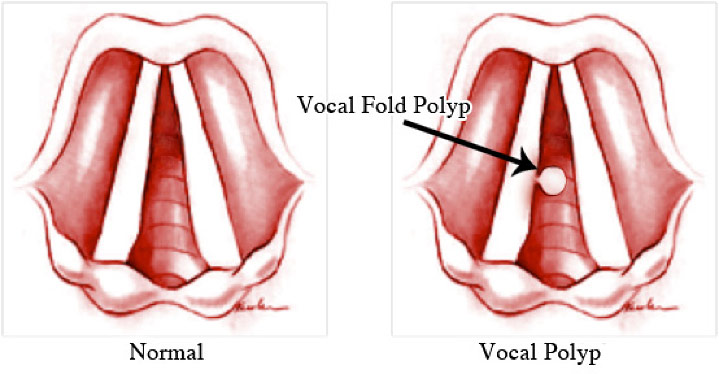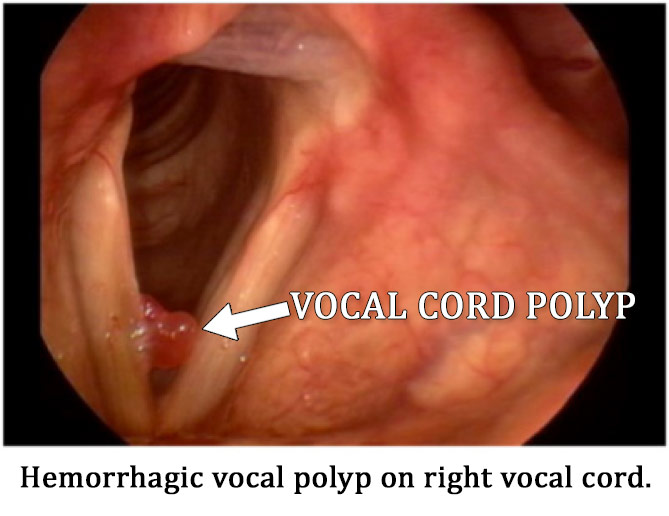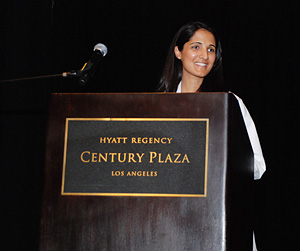- Question: How do the ingredients in e-cigarettes and vaporizers affect respiratory health? - August 16, 2019
- Bad Technique and Vocal Injury - January 9, 2019
- Is Edible Marijuana Dangerous for the Voice? Myths Dispelled - December 18, 2018
- Surprise! You have a hemorrhage - January 31, 2018
- Graves’ Disease: Treatment Overview - September 25, 2017
- Adele and the Stigma of Vocal Injury - July 11, 2017
- Vocal Curbside Consult: How does the thyroid affect the voice? - May 16, 2017
- Vocal Curbside Consult: How do hormones affect the voice? - May 3, 2017
- Vocal Curbside Consult: How do emotion and stress affect the voice? - April 17, 2017
- Vocal Curbside Consult: Vocal Recovery After Illness - April 7, 2017
 With so many stories about singers with vocal injuries, it may not be obvious that actors and other professional voice users are at risk too. Indeed, anyone who uses their voice excessively and does not care for it properly is at risk for a vocal injury. With the news that Mad Men actor, Jon Hamm, is about to undergo vocal surgery for polyps, it is clear that actors also may suffer vocal injuries.
With so many stories about singers with vocal injuries, it may not be obvious that actors and other professional voice users are at risk too. Indeed, anyone who uses their voice excessively and does not care for it properly is at risk for a vocal injury. With the news that Mad Men actor, Jon Hamm, is about to undergo vocal surgery for polyps, it is clear that actors also may suffer vocal injuries.
What is a vocal polyp?
A polyp is a collection of fluid (water or blood) that occurs on the edge of the vocal cord. The edge of the vocal cord must be straight in order for the voice to sound clear. Where there is a growth, such as a polyp, on the vocal cord edge, it disrupts the straight edge and makes the voice raspy.

This is how the vocal cords vibrate when there is no injury or polyp on the edge.
How do vocal polyps form?
Vocal polyps form due to vocal trauma. This includes many things:
- Using the voice incorrectly (poor singing or speaking technique)
- Using the voice too forcefully (yelling, etc)
- Using the voice too much (long hours of speaking or singing)
- Poor vocal hygiene (smoking, drinking, etc)
When any of these occur, it puts strain on the vocal cords, making them more likely to become injured. The delicate blood vessels that are inside the vocal cord may rupture causing a hemorrhage or a blood collection, or polyp.

Why do actors get polyps?
Any profession that involves excessive voice use puts the user at risk for a vocal injury. Acting and singing are top on the list of risky professions because of the high demands placed on the voice. The long hours of use cause vocal cord swelling. Swelling will result in mild hoarseness, but if the voice is not rested, the swelling becomes permanent and may form a polyp.
An actor may have excellent training and technique, but still suffer an injury due to the long hours of voice use. If there are any additional risk factors, such as smoking, the actor is at significantly higher risk.
I am an actor. Can I prevent vocal polyps from forming?
Because of the job demands, it may be difficult to prevent any vocal injury but there are some tips that can significantly lower the risk:
- Ensure you are using good technique. Even actors have vocal coaches to ensure they are using their voice correctly
- Get evaluated when you are feeling normal, not when you are hoarse. A healthy exam allows your laryngologist to identify risk factors that you may be able to control and prevent vocal injury. This requires the use of stroboscopy.
- Get evaluated if you are hoarse for more than 1-2 days. For a non-professional voice user, waiting 2 weeks with hoarseness is considered acceptable. However, for actors who rely on their voice, immediate attention should be sought when hoarseness develops. Early stroboscopy will diagnose a vocal hemorrhage or swelling immediately, and allow steps to be taken before injuries develop.
- Avoid vocally-risky behaviors such as smoking and shouting over loud music, especially the night before performing or working.
Will Jon Hamm recover?
Fortunately, vocal surgery has become quite sophisticated and the likelihood is that Hamm will recover his speaking voice and be back to work after a period of vocal rehabilitation. In the future, prevention using the above tips will be key for him to avoid a recurrence.
For more information about treatment and evaluation of voice issues, please contact Dr. Reena Gupta M.D., director of the Voice and Swallowing Center at the Osborne Head and Neck Institute.
Read patient stories about Dr. Reena Gupta from The Division of Voice at the Osborne Head and Neck Institute.
To learn more about the voice, click here.




